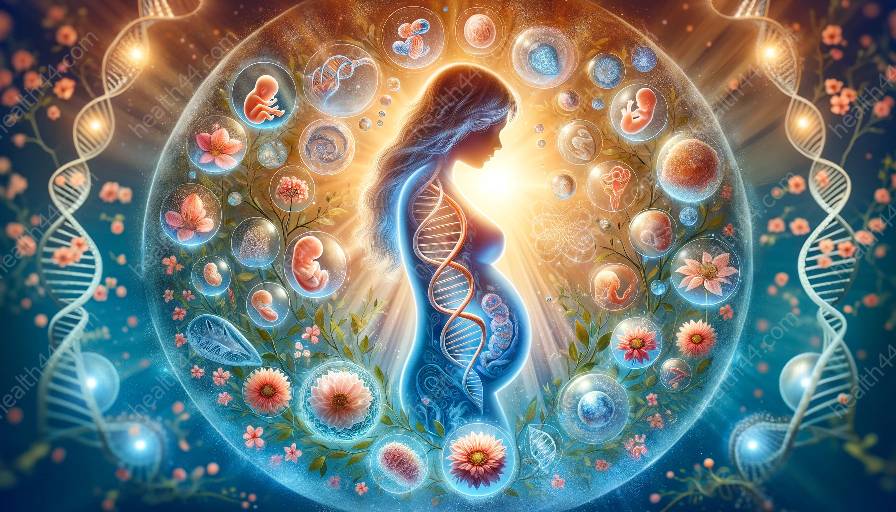Amniotic fluid is crucial for fetal development, serving multiple roles that contribute to the health and well-being of the developing fetus. This article explores the main components of amniotic fluid and their functions in supporting fetal development.
Main Components of Amniotic Fluid
Amniotic fluid is composed of several key components that work together to create an optimal environment for the developing fetus. These components include:
- Water: Water makes up the majority of the volume of amniotic fluid, providing a protective cushion for the fetus and facilitating the movement of the fetus within the womb.
- Electrolytes: Essential electrolytes such as sodium, potassium, and chloride help maintain the proper balance of fluids within the amniotic sac, supporting fetal hydration and the functioning of various physiological processes.
- Proteins: Amniotic fluid contains a variety of proteins, including albumin and globulins, which play roles in fetal nutrition, immune function, and overall development.
- Carbohydrates: Carbohydrates in the form of glucose serve as a vital energy source for the developing fetus, supporting growth and metabolism.
- Lipids: Lipids, including essential fatty acids, are important for neurological development and the formation of cell membranes in the fetus.
- Amniocytes: These fetal cells are shed into the amniotic fluid and provide valuable information about the health and genetic makeup of the developing fetus.
Roles of Amniotic Fluid in Fetal Development
The main components of amniotic fluid collectively contribute to the following essential functions in fetal development:
- Protection: Amniotic fluid acts as a cushion that protects the fetus from mechanical injury, impacts, and external pressure. It also helps to maintain a stable temperature within the womb, shielding the fetus from temperature fluctuations.
- Support for Growth and Movement: The buoyancy provided by amniotic fluid enables the fetus to move freely within the womb, promoting the development of muscles and bones. Additionally, the fluid-filled environment facilitates the expansion of the fetus and allows for the growth of organs and tissues.
- Respiratory Development: As the fetus swallows and inhales amniotic fluid, the lungs and respiratory system are stimulated and develop properly, preparing the fetus for independent breathing after birth.
- Nutrient Exchange: The components of amniotic fluid, such as water, electrolytes, proteins, and carbohydrates, provide a medium through which essential nutrients are delivered to the fetus and metabolic waste products are removed.
- Immune Protection: The immune factors present in amniotic fluid help protect the fetus from infection and support the development of the fetal immune system.
Conclusion
Amniotic fluid is a complex and dynamic fluid that plays a vital role in supporting the development of the fetus. The various components of amniotic fluid work together to create an environment that is essential for fetal growth, protection, and overall well-being. Understanding the main components of amniotic fluid and their roles in fetal development provides valuable insight into the intricate processes that occur within the womb, highlighting the importance of this fluid for the health and future of the developing fetus.


